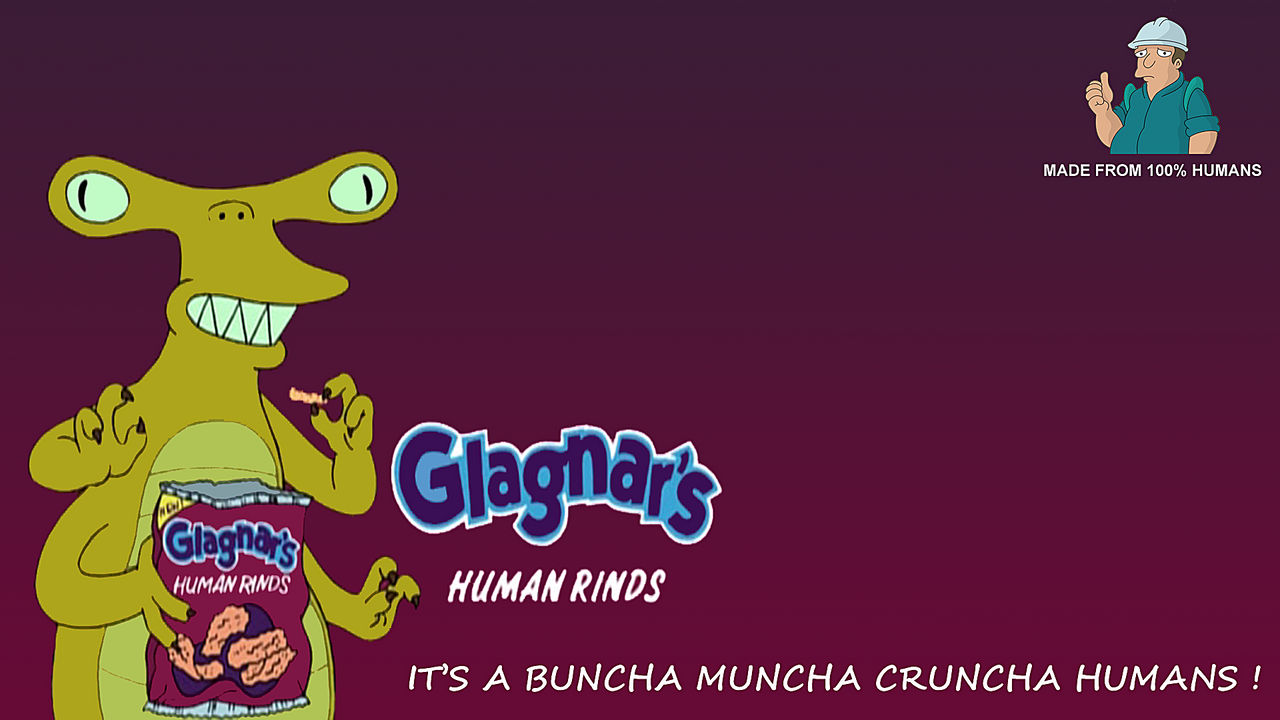

And because resources are finite, all else isn’t held equal. You’re giving up time spent working on gameplay or whatever to stick fancier graphic assets in.
That’s not how game design works. The people who work on the gameplay and level design and dialog are not the same people who work on the graphics. Sure, making the game prettier takes more time, but it has no effect on how long the rest of the game takes to be built. And lower-quality assets can be used in the interim for things like scripting animations, with higher quality assets swapped in later.









Simple explanation, the higher the bitrate, the more data is dedicated to each frame to be displayed, so the higher the quality of each frame assuming the same resolution. This means fewer artifacts/less blocking, less color banding, etc.
Lower bitrate is the opposite, basically. The video is more compressed, and in the process it throws out as much information as possible while trying to maintain acceptable quality. The lower the bitrate, the more information is thrown out for the sake of a smaller filesize.
Resolution is the biggest factor that affects picture quality at the same bitrate. A 1080p video has a quarter of the resolution of a 2160p video, so it takes much less data to maintain a high quality picture.